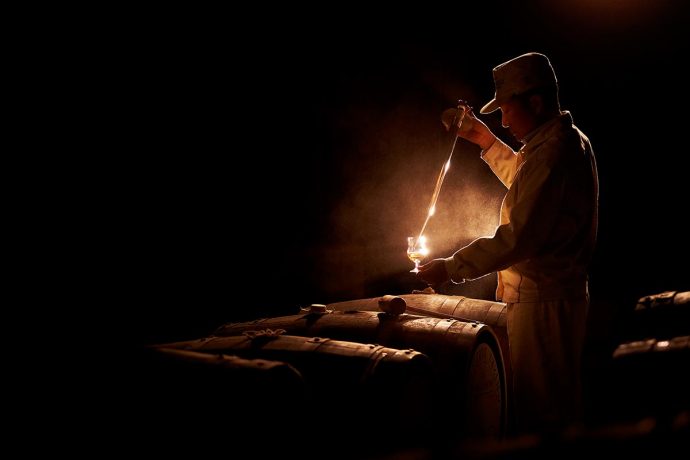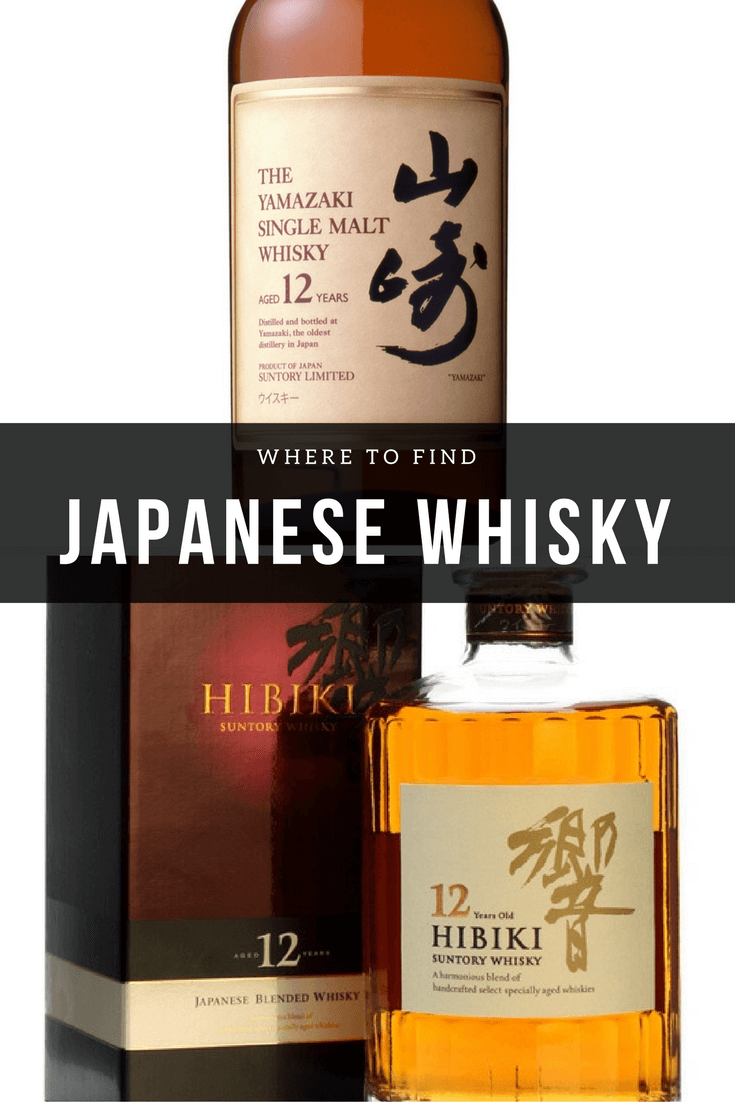In our last article, we covered how Japanese whisky found success at home and abroad—but to the point of almost vanishing from shelves. Today we’ll focus how to get a rare bottle into your hands, and also explain why you might not need to focus on the rare stuff after all.
Enter Dekantā
Let’s start with the easy option. Plenty of websites sell Japanese whisky, but none offer such an exhaustive range as Dekantā.
Dekantā was founded in 2015 by Edward Davidson, a Scotsman living in Tokyo. Davidson buys from collections across the globe and ships whisky to scores of countries across six continents.
The website’s collection is massive, and in addition to ultra-rarities like the Ichrio’s Malt card series or Karuizawa, it also stocks less expensive brands that never made it to U.S. soil, like Torys. And while some offerings are essentially off-limits to those without a Bond villain’s bank account (the Karuizawa 1963 runs one cent shy of $56,000), you’ll find Yamazaki, Hibiki, and other recognizable names too. Just expect to a pay a higher price than what you’d encounter at a stateside liquor store.
Store to Store
When it comes down to it, domestic liquor stores are still your best bet for finding sought-after Japanese whisky without high markups. Just don’t expect to find Yamazaki 12 at that hip place on the corner where the mustachioed staff can tell you all about their latest amaro import—the shops that cater to spirit enthusiasts were ransacked long ago.
You’ll have better look searching big suburban stores or those catering to college kids, where a bottle of Yoichi might still be collecting dust as flavored vodkas fly off the shelves. I recently found a bottle of 2013 Chichibu The Peated in a small Boston liquor shop that doubles as a convenience store and shares space with a Dunkin’ Donuts Express. In other words, it’s not the place you’d expect to find an acclaimed whisky with a 1,000-bottle U.S. release. And the price on the sticker was just $230—much better that the $360 I’d be paying through Dekantā.
Going Online
While traversing from one local liquor store to another is a fine way to spend a Saturday afternoon, it’s not your only option. Two websites, Wine Searcher and 1000 Corks, will search nearby shelves at the click of a button.
The services are similar with slight variations, but you’ll start each search by entering the name of a spirit. Wine Searcher allows you to enter country and state information, and will then aggregate results by location. 1000 Corks requires you to select a “see the local results” option to explore what’s specifically in you area.
Wine Searcher also aggregates websites and auctions, including eBay listings, while 1000 Corks sticks to physical stores. Both display price. It’s a good idea to search both sites when looking for a specific bottle, as one sometimes picks up on listings that the other does not.
Now’s a good time to recognize that online spirit retailers (beyond Dekantā) and eBay auctions also provide outlets for acquiring Japanese whisky. In my experience, neither has proved much of an avenue for bargains; they generally know who their market is, and are pricing themselves for the serious enthusiast. Just make sure to check whether or not you live in a state where alcohol can be shipped to a private address before placing an order.
The Other Option
 So maybe you’ve searched the local stores, in person and online, and came up dry. You don’t have the expendable cash to splash on Dekantā or eBay. What do you do now?
So maybe you’ve searched the local stores, in person and online, and came up dry. You don’t have the expendable cash to splash on Dekantā or eBay. What do you do now?
You buy a bottle of Suntory Toki. This blended whisky was introduced to the American market in July 2016, and its distribution has been so widespread that a I found a bottle in the 14,000-person town of Pottsville, PA, before Thanksgiving. It’s also affordable, with an average retail price around $40.
No one is placing this blended whisky, which combines malts from the Yamazaki, Hakushu, and Chita distilleries, on the same pedestal as its single malt cousins. But this light, fruity, yet complex blend tastes—and feels—like a true Japanese whisky. And while Yamazaki is taking great efforts to continue the production of its single malts, it’s heartening to see so much care going into the production of an accessible, affordable blend.
Though not as widely distributed, Nikka Coffey Grain has also become a common sight on shelves, and with a price that ranges from $60-$65 it doesn’t require a major financial investment. This sweet, buttery whisky with notes of toffee and caramel has a distinct character that’s unique among Japanese whiskies.
My ongoing quest for Hakushu and Hibiki continues, with no end in sight. And while it’s worth expending energy and money to experience the increasingly rare expressions of Japanese whisky, it’s a real comfort to know that the more common whiskies replacing their shelf space are worth sipping, too.
This is part three of a three-part series on Japanese whisky. Check out our guide to the best Japanese whisky under $100, and learn about the origins of Japanese whisky!
Feature Photo: Yamazaki





Bought 2 of these, as one just wasn’t enough. I got them today, just one day after the estimated arrival m. They look adorable! The box is also super cute. I am excited to give away some and keep some.
Going searching for Japanese whiskey in the suburbs sounds like it could be a new history channel show. “The Whiskey Hunters” or some such. Also, I feel this article might mention that Yamazaki 12 is going out of production, and being replaced with just “Yamazaki” no vintage. Actually finding the unvintaged Yamazaki is pretty easy (at least in Japan). I can’t comment on the taste difference, but I believe it to be quite close. Not sure if Bevvy has an article on the importance of vintage, but I think it would make a good read!